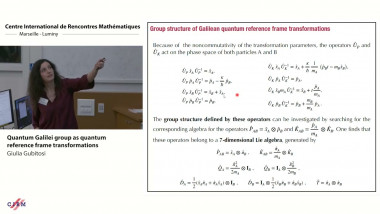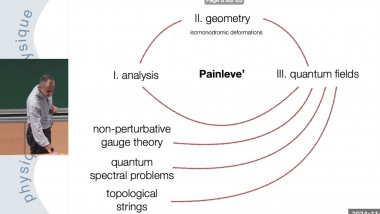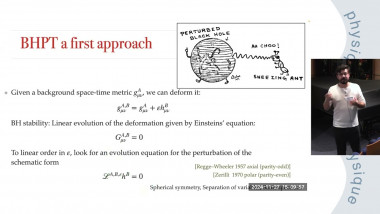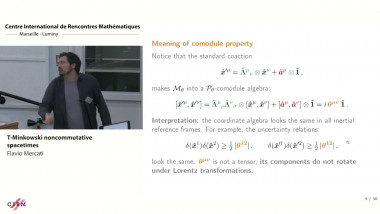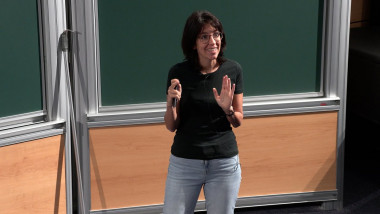Appears in collection : Theory of Gravitation and Variation in Cosmology / Théorie de la gravitation et variations en cosmologie
Recent years have seen the development of a range of modified gravity theories to tackle the dark energy and cosmological constant problem. An interesting class of such models are those in which the graviton effectively becomes massive, modifying gravity at large (cosmological) distances without changing physics at solar system and smaller scales. Such effective field theories have the Vainshtein mechanism built in, and are closely associated with Galileon theories.
In these lectures I will give a brief general overview of both soft and hard massive gravity theories, their origin from extra dimensional models, and the special class of ghost-free massive gravity models and their extensions with multiple massive (and massless) spin-2 states. I will review the Vainshtein mechanism, and the decoupling limits of these theories and how they are related to Galileons. I will then discuss a variety of implications of such theories.
• lecture 1: I will introduce the description of massless and massive spin-2 states, and explain how theseemerge naturally in extra dimensional models, and go on to give the description of so-called ghost-freeor $\Lambda_{3}$ theories of interacting massive spin-2 fields, aka massive gravity and its multi-gravity extensions.
• lecture 2: I will review some aspects of the phenomenology of the general class of massive gravity theories: screening - cosmology - black hole solutions, and if time go on to discuss more recent extensions which attempt to raise the cutoff, connections with UV completions such as TTbar deformations, and the significance of ‘positivity bounds’ applied to these effective theories.
